1967 Ferrari 330 P4
One of the most revered Ferraris is the 330 P4. It immediately draws attention with curvaceously low lines and a sleek, yet aggressive demeanor. And since only one completely original car remains, it’s an elusive sight for many fans. Interestingly, the P4 is also one of the last Ferrari prototypes that still resembles a sports car. The original body was drawn up by stylist Piere Drogo and the factory tweaked his design to be more purposeful every year.
The 330P was built during a very exciting time for sports car enthusiasts. By the time the P4 was lapping the world’s circuits, Ford had finally pulled together their GT40 program and made history by beating Ferrari at the 1965 24 Hours of Le Man. However, Ferrari persisted with a much smaller-engined prototypes in hopes that their technical sophistication and superb handling would outclass Ford’s big-block might. Technical engineer Mauro Forghieri was responsible for the 1967 challenge.
This P4 was the culmination of a series of rear-engine Ferraris that progressively got larger, as much as weight balance and transaxles would allow. By 1964, these rear-engine cars had worked their way up to Ferrari’s largest engine, the long-block, Lampredi V12. By the time the 330 P4 debuted in 1967, Ferrari included such novelties as Lucas fuel injection and intakes that were mounted directly on the cam covers.
The P4’s raced alongside both the 330 P3 which was an earlier evolution of the car, and the 412P which was a much less complicated version of the P4 that did without fuel injection and opted for regular carburetion. P4s were outwardly distinct amongst this crowd as they had slight smaller bodies and were built as open-air spyders.
Easily, the P4’s best moment came at Daytona when Enzo Ferrari got his sweet revenge and placed 1-2-3 at one of America’s most respected sports-car races. Until his death, Enzo kept a picture of the trio on their final lap of the momentous race. Other notable victories included the car’s debut 1000 km races at Monza, but the P4s were beaten at Lemans by Ford’s superb 7-litre Mk IV.
Three chassis, numbers 0856; 0858 and 0860 were originally made and raced as close coupes. These were all converted into spyders for the Brands Hatch BOAC 500 race. Regulations at the end of the season meant that Ferraris famous P racers had to come to an end in Europe, however two of the P4s were radically prepared for Group 7 Can-Am duty. Afterwards the world was left with only on P4 in its original configuration; because of this, chassis 0856 is now one of the most valuable cars in the world.
Due to its attractive body, tremendous history and massive rarity the P4 has also been a popular kit car. Companies such as Noble have gone as far to make a series production of these replicas and up to 100 have been made with various engines. These cars vary quite a bit depending on the owner’s level of detail, but most can fool a Ferrari enthusiast into believing he’s seen the real deal from afar.
Chassis by Chassis
image: http://www.supercars.net/images-small/1967_ferrari_330_p4-1.gif


Further Reading
Beehl, Nathan.Ferrari P series – The Rear Engined V12 Sports Cars 1963-69. Automobilia, 1989.
Casucci, Piero.Ferrari P 1961 – 1973,Ferrari rear-engine Sports and Prototypes. Automobilia, 1989.
Godfrey, John.Ferrari Dino SPs.Patrick Stephens, 1990.
Marasca, Paolo.Ferrari 330/P4. Electa: 2000.
In Detail
| tags | pcar |
| submitted by | Richard Owen |
| type | Racing Car |
| built at | Modena, Italy |
| engineers | Mauro Forghieri |
| engine | Aluminum, Type 237 60º V12 |
| position | Mid Longitudinal |
| aspiration | Natural |
| valvetrain | DOHC, 3 Valves per Cyl |
| fuel feed | Lucas Fuel Injection |
| displacement | 3967 cc / 242.1 in³ |
| bore | 77 mm / 3.03 in |
| stroke | 71 mm / 2.8 in |
| compression | 11.0:1 |
| power | 335.6 kw / 450.0 bhp @ 8000 rpm |
| specific output | 113.44 bhp per litre |
| bhp/weight | 568.18 bhp per tonne |
| body / frame | Aluminum Body over Tubular Steel Chassis |
| driven wheels | RWD |
| front brakes | Ventilated Discs |
| rear brakes | Ventilated Discs |
| f suspension | Double Wishbones w/Col Springs, Damper Units, Anti-Roll Bars |
| r suspension | Double Wishbones w/Col Springs, Damper Units, Anti-Roll Bars |
| curb weight | 792 kg / 1746 lbs |
| wheelbase | 2400 mm / 94.5 in |
| front track | 1488 mm / 58.6 in |
| rear track | 1450 mm / 57.1 in |
| transmission | 5-Speed Manual |
| top speed | ~338.0 kph / 210 mph |





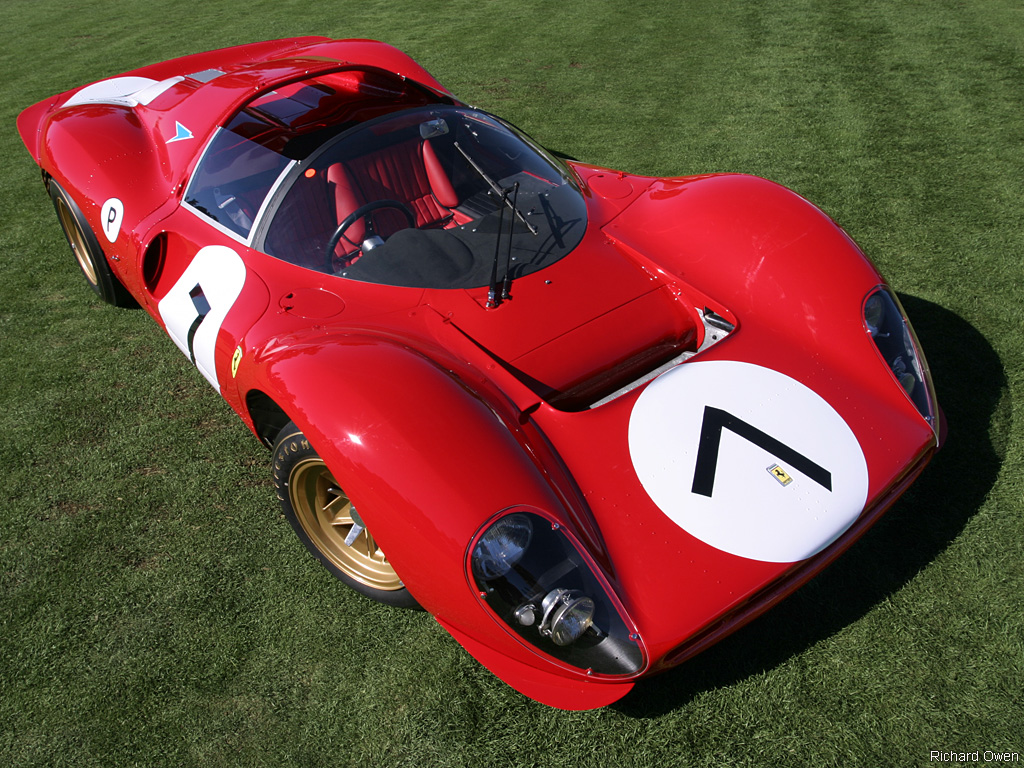
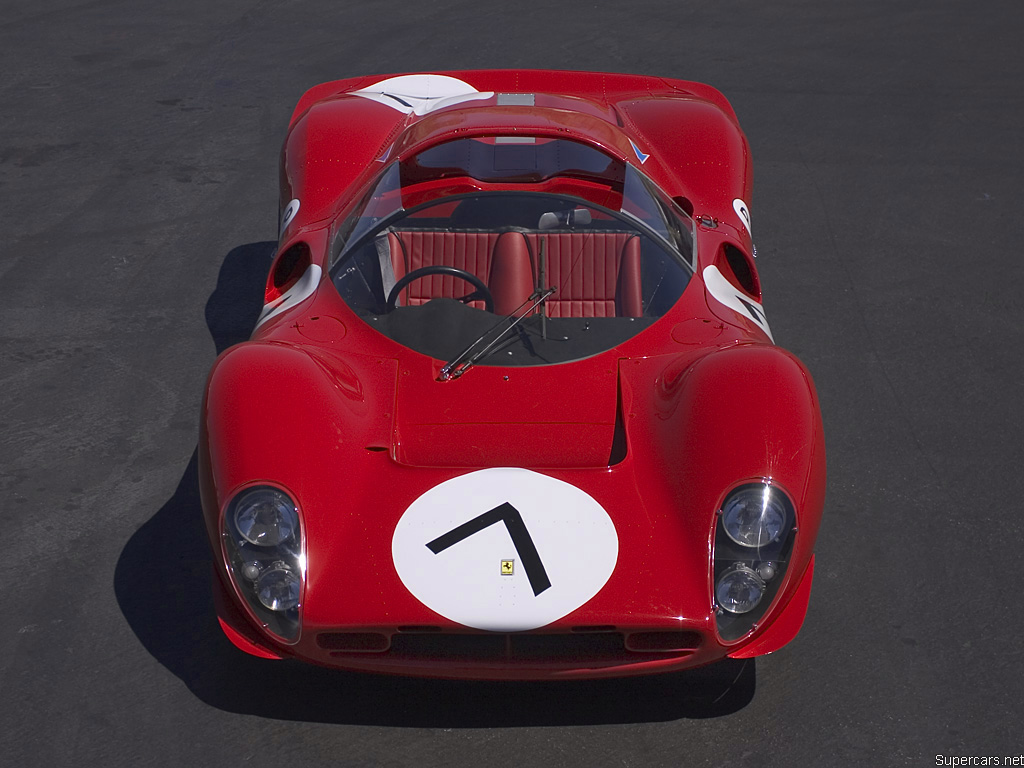
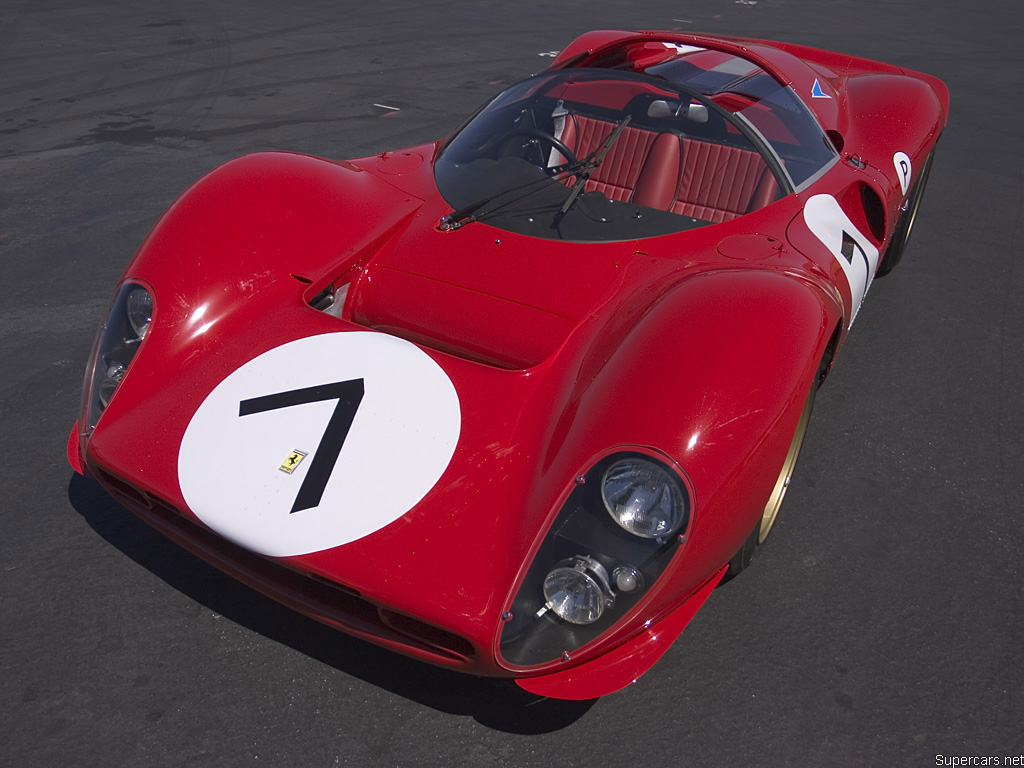
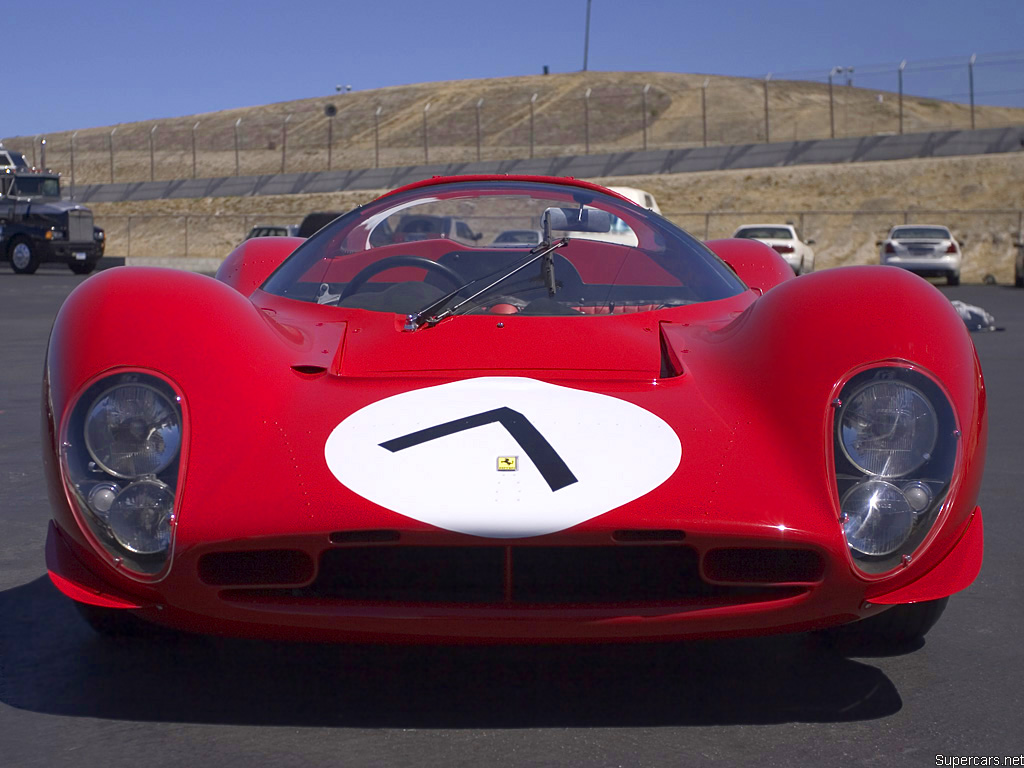
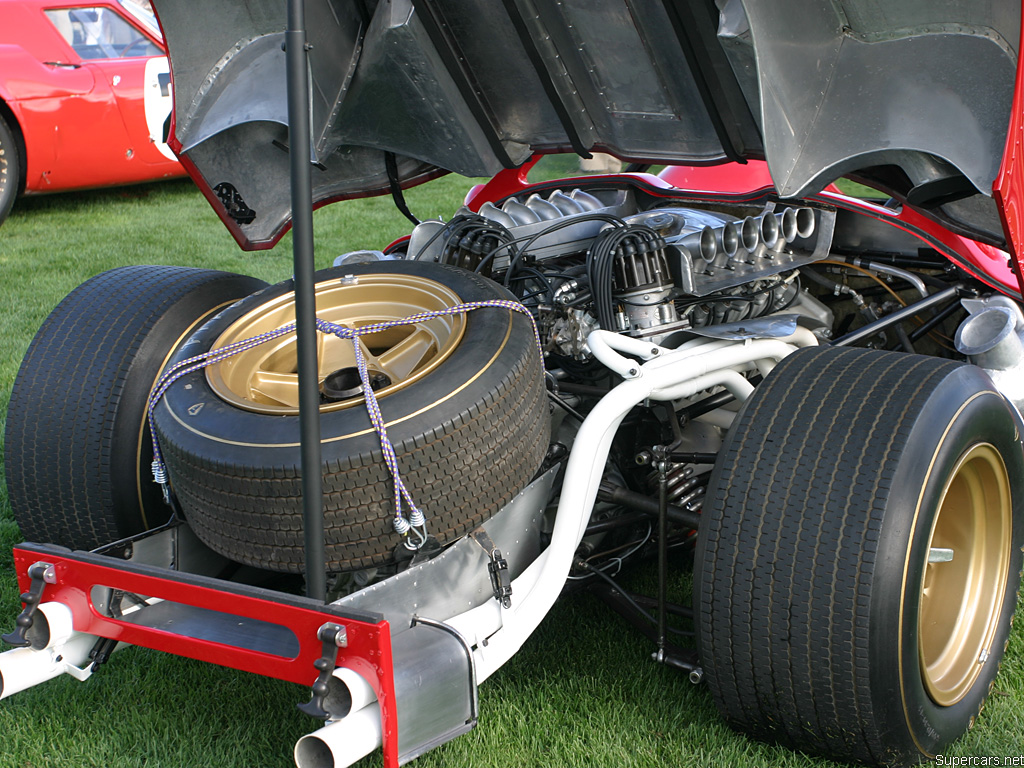
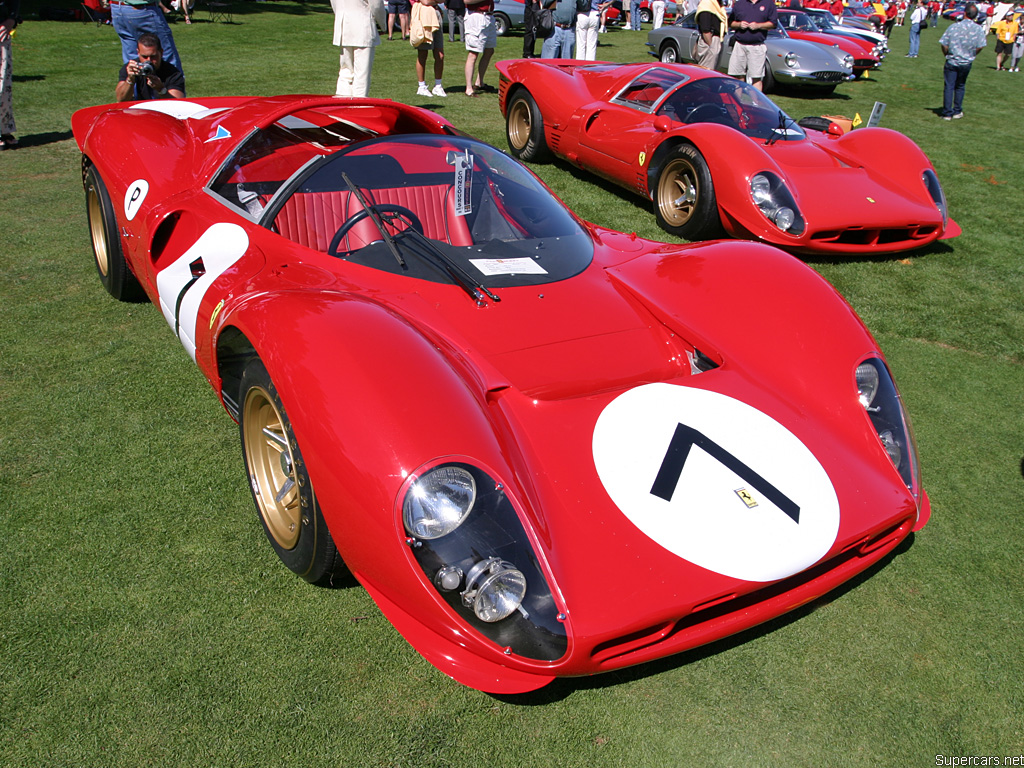
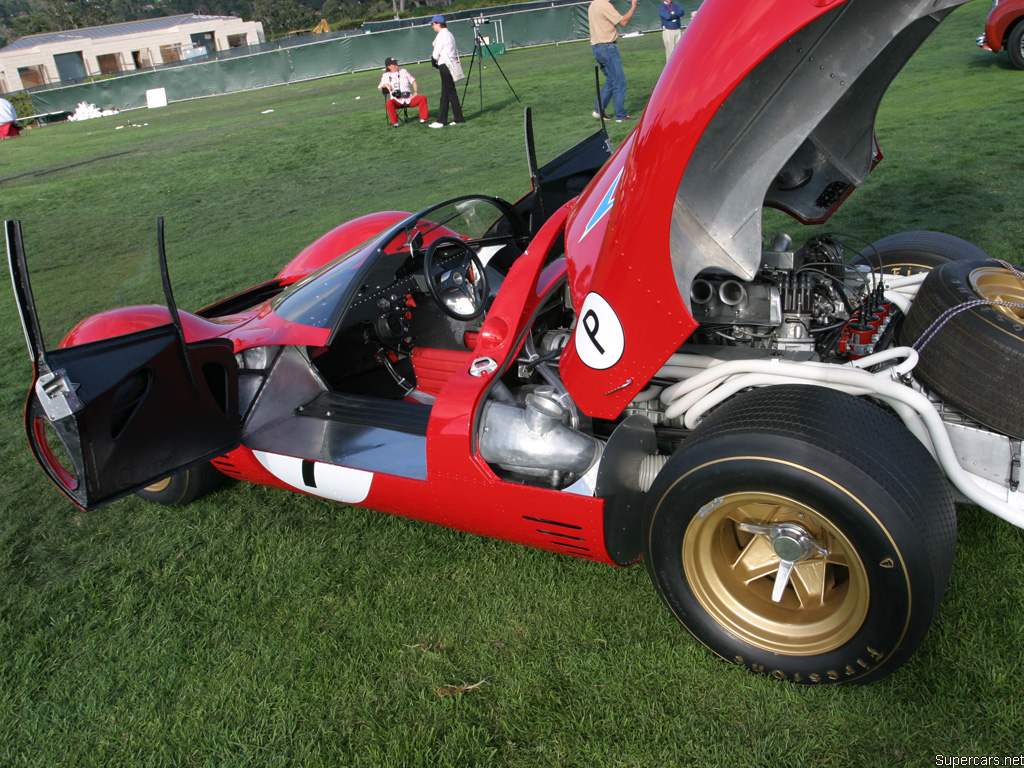
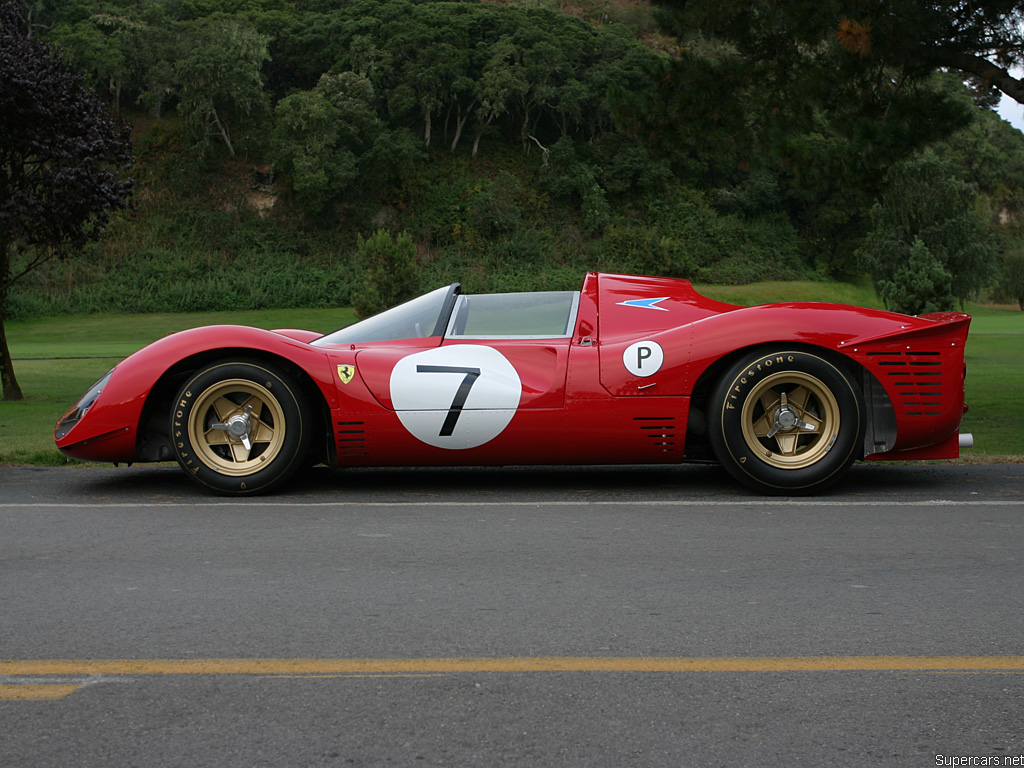
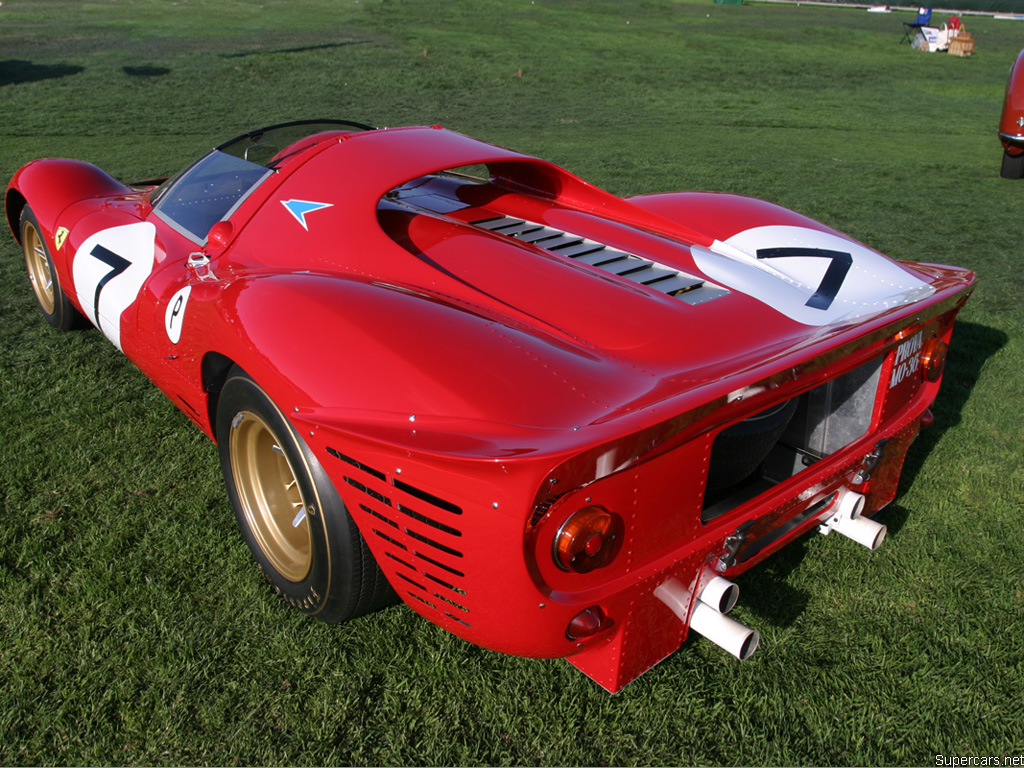
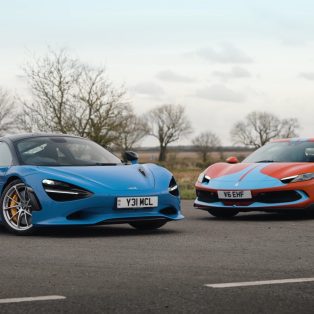
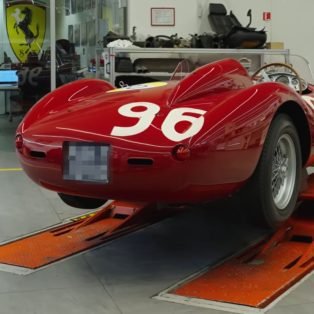
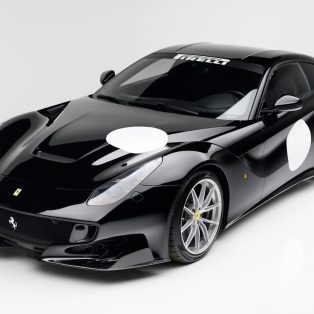

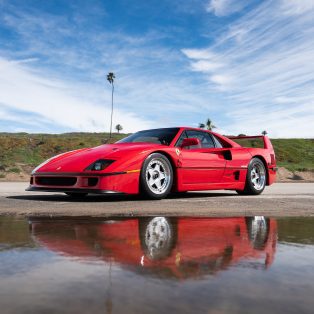
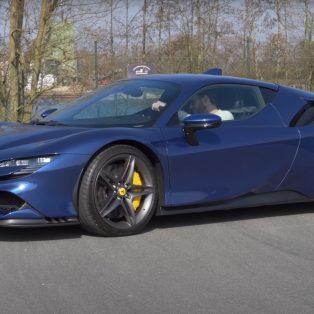
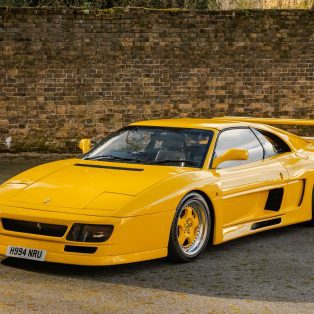


Comments are closed.